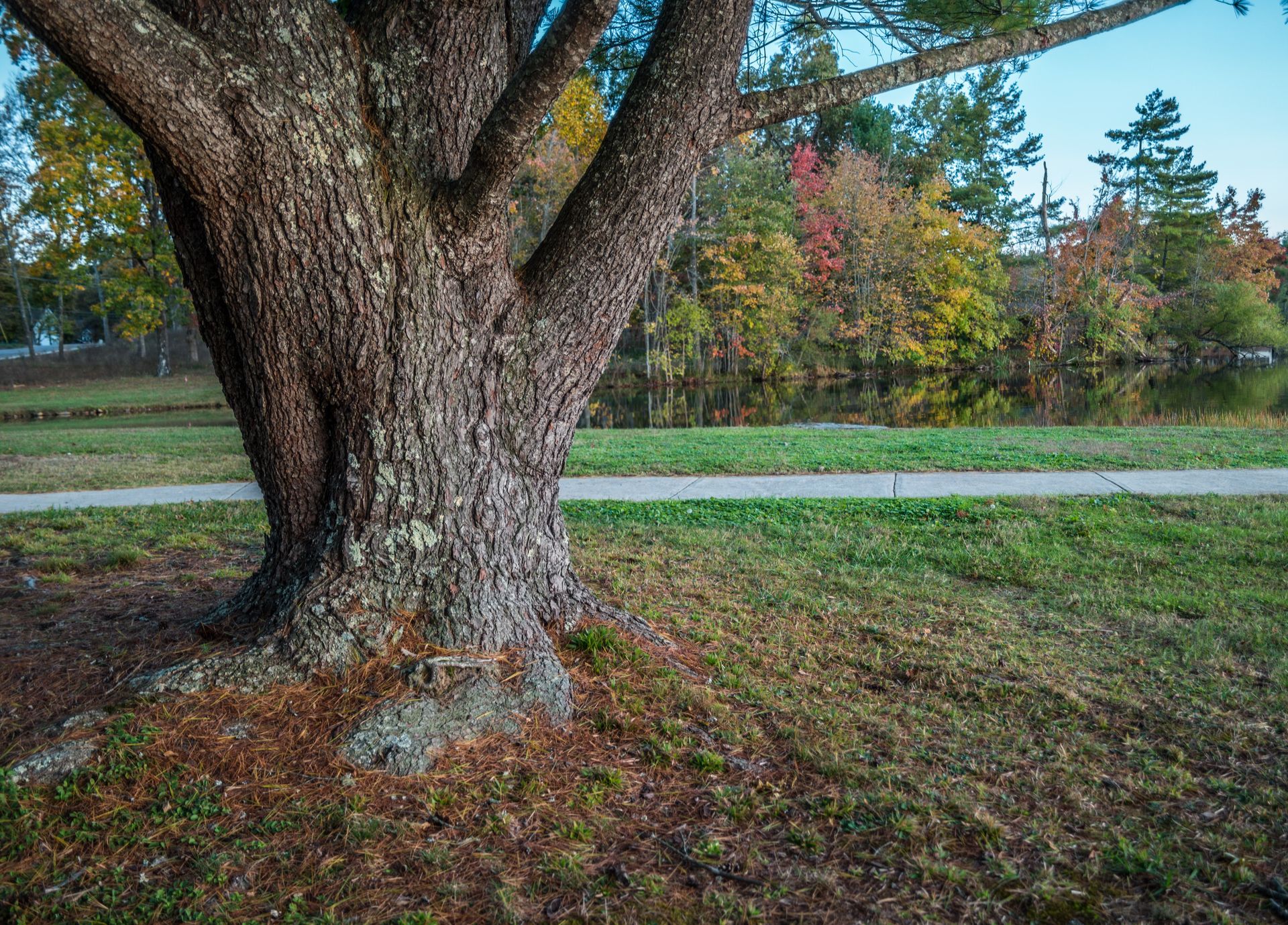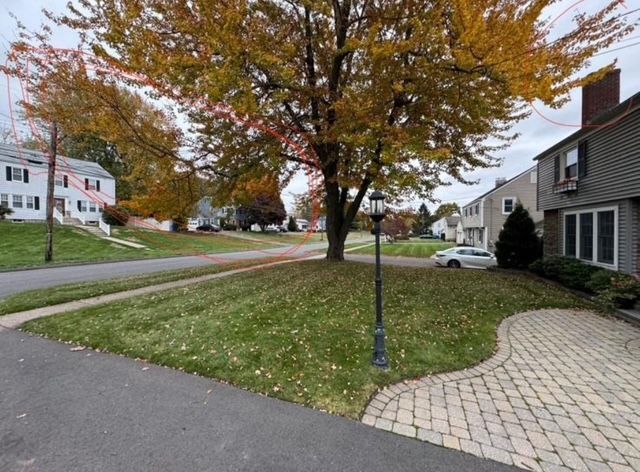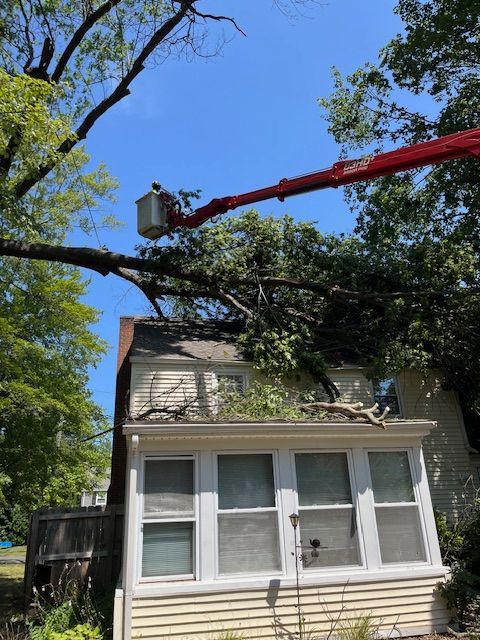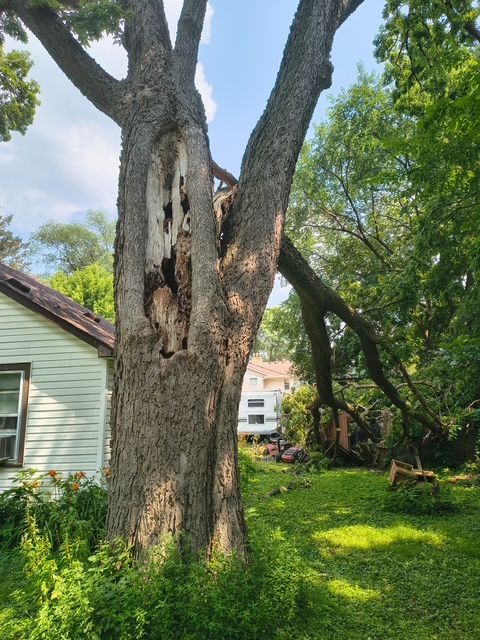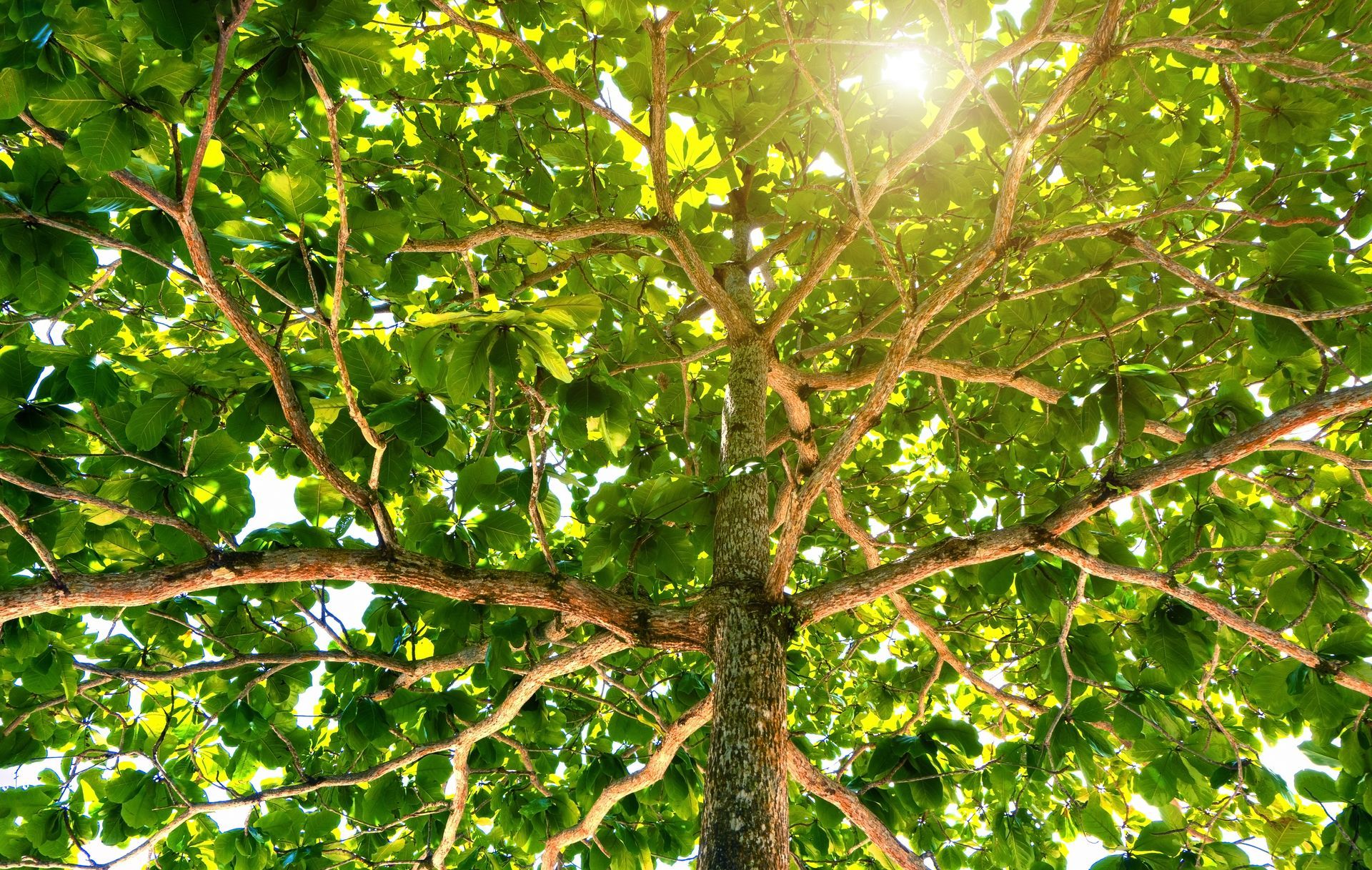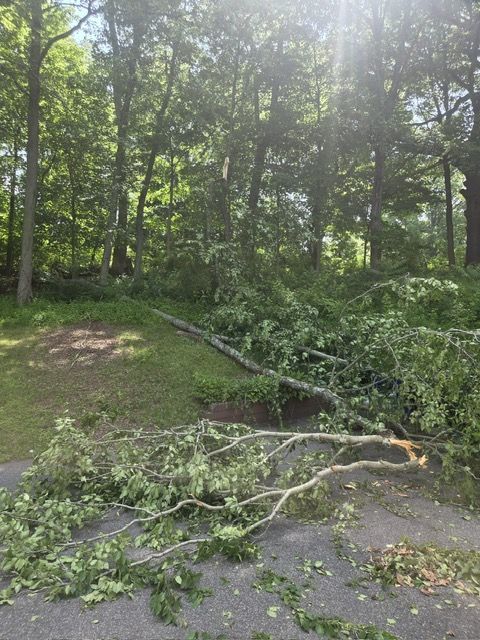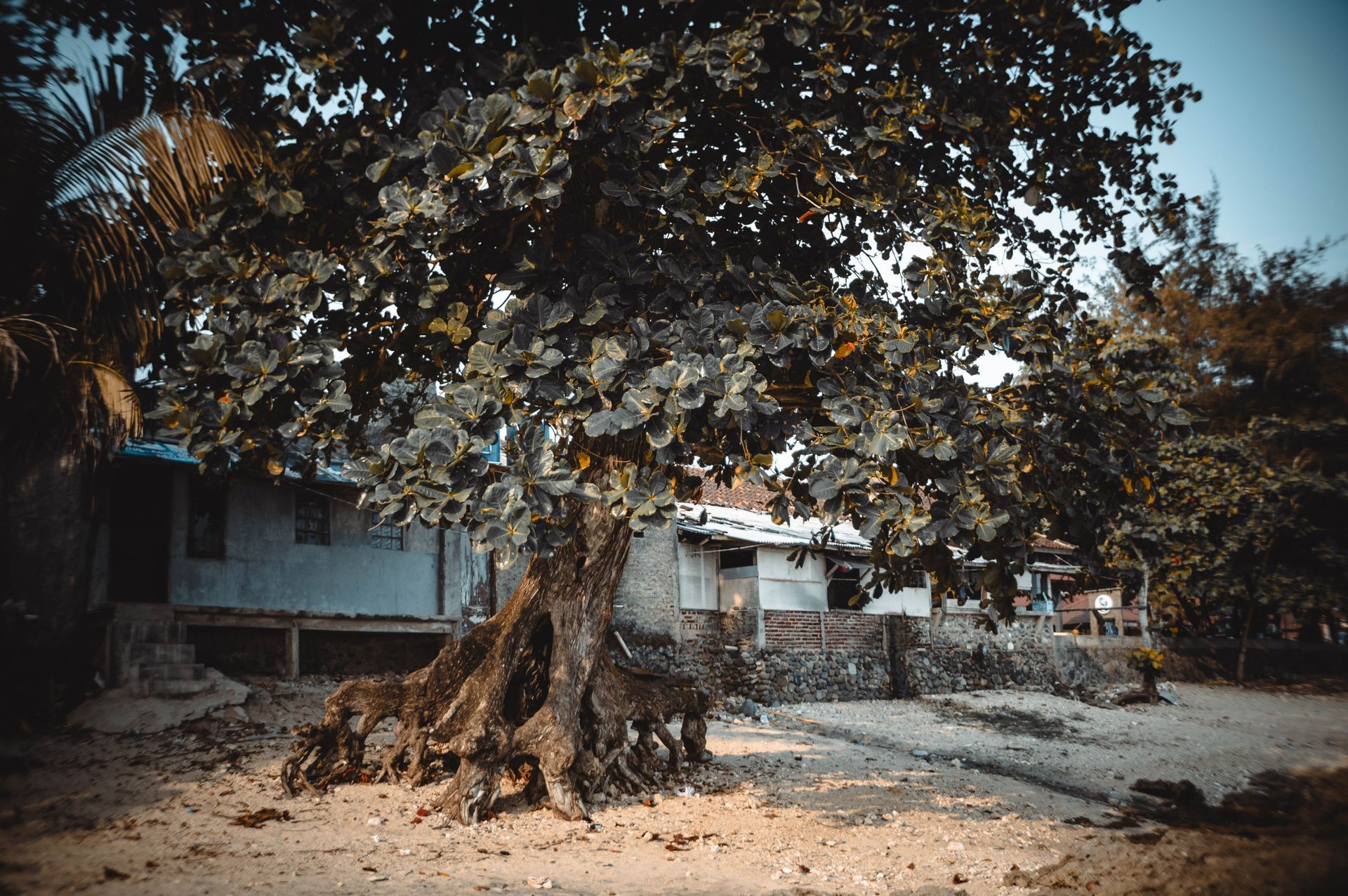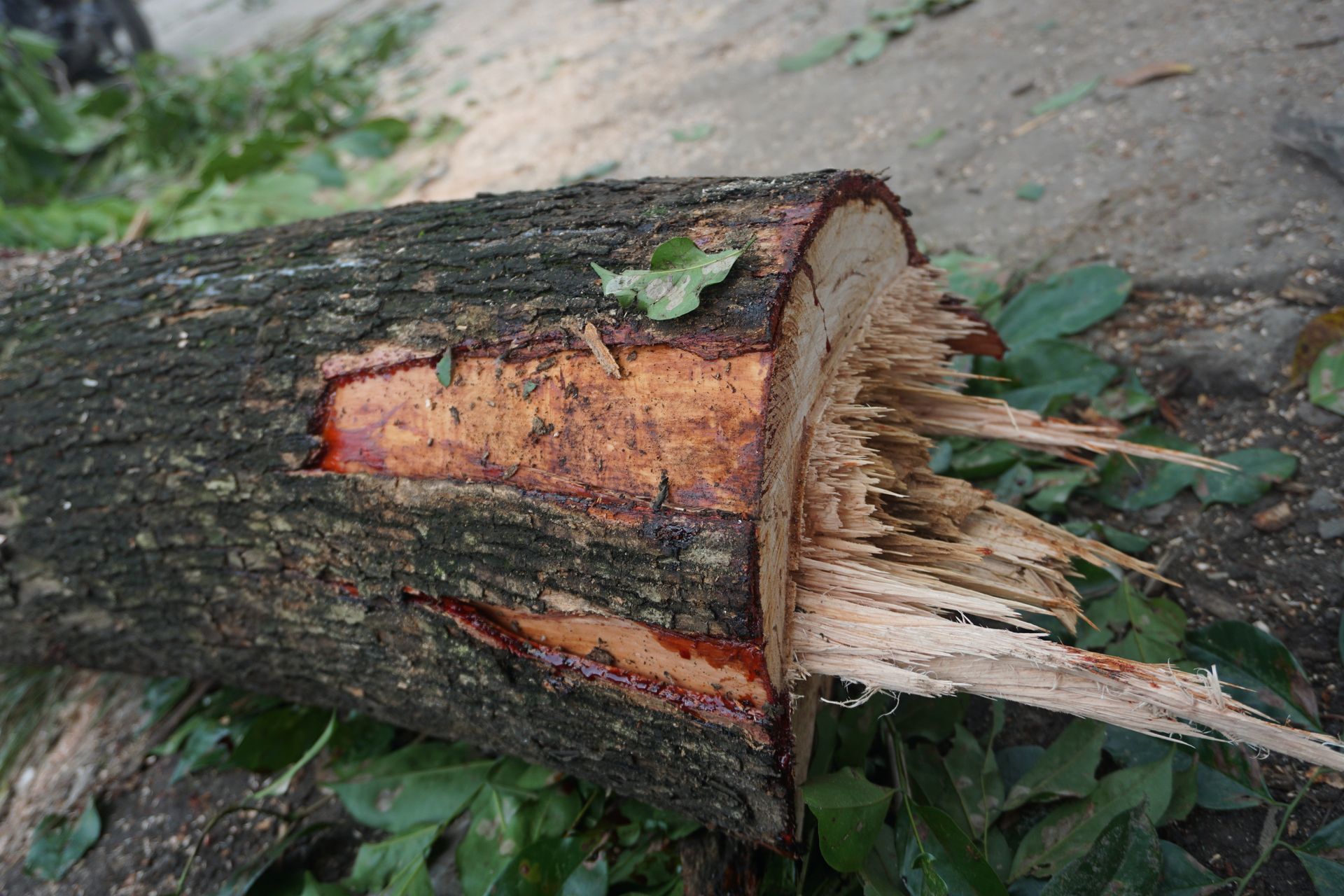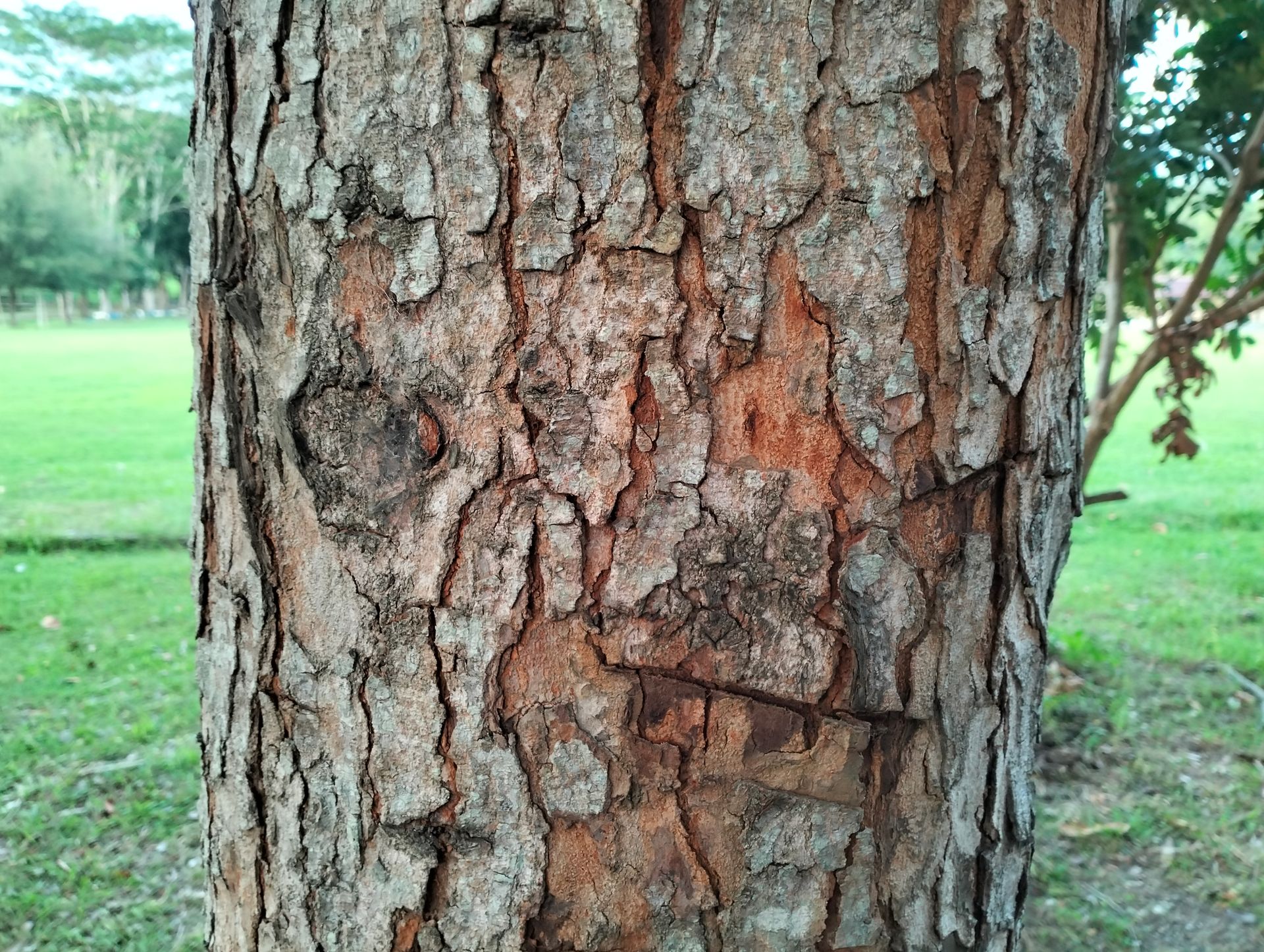Why Does Tree Removal Cost So Much?
Unveiling the Real Investment in Tree Removal for Your Property's Well-being
Eliminating a tree is more than a routine service; it's a vital step to ensure your property's safety, manage potential risks, and enhance its overall aesthetics. Naturally, discussions about expenses often arise when contemplating tree removal. In this blog post, let's delve into the factors shaping the costs of tree removal, providing you with a clearer understanding of why this service comes with a price.
Size and Complexity:
The foremost factor influencing the cost of tree removal is the tree's size and complexity. When dealing with a sizable tree or one with numerous branches, the process demands more time, effort, and specialized tools for a safe and efficient removal. The intricacy of the task directly correlates with the overall cost.
Tools and Workforce:
Professional tree removal necessitates the use of specialized tools such as chainsaws, cranes, and chippers for effectiveness and safety. Skilled workers are indispensable for operating this equipment and executing the removal meticulously. Both tool and workforce costs play a substantial role in the overall service cost.
Balancing Risks and Ensuring Safety:
Tree removal often involves working at significant heights and navigating potential dangers. Certified arborists prioritize safety, implementing precautionary measures that require additional time and resources. Ensuring a safe removal process contributes to the overall cost.
Cleaning Up After the Process:
A comprehensive tree removal service extends beyond felling the tree; it encompasses cleaning up the aftermath. Removing branches, logs, and remnants involves additional effort, sometimes employing hauling equipment or chippers. This cleanup process contributes to the overall cost.
Permits and Regulatory Compliance:
Local regulations and the tree's type may necessitate obtaining permits for removal. Navigating these processes and adhering to environmental regulations results in administrative costs, reflected in the overall service fee.
Location Matters: Impact of Accessibility:
The tree's location and its accessibility influence the overall cost. Trees in challenging spots or with limited access may require extra effort, special tools, or additional manpower, leading to increased removal costs.
When Urgency Adds to the Expense - Emergency Removal:
In instances where a tree poses an immediate threat or demands urgent removal due to a storm or disease, it is categorized as an emergency. Emergency tree removal often incurs additional costs due to after-hours work or a quicker response time.
Certification and Skill:
Choosing certified arborists and tree removal specialists ensures precision and adherence to industry standards. The expertise and certification of these professionals contribute to the overall cost, guaranteeing a high level of skill and safety in the removal process.
Why Investing in Professional Tree Removal Holds Value:
While the cost of tree removal may appear substantial, it signifies an investment in skilled workers, specialized tools, safety measures, and adherence to rules. Professional tree removal goes beyond enhancing your property's appearance; it ensures safety and prevents potential problems. Understanding the factors contributing to the cost underscores the value of entrusting tree removal to experienced and certified professionals who prioritize safety, efficiency, and the overall aesthetics of your landscape.
